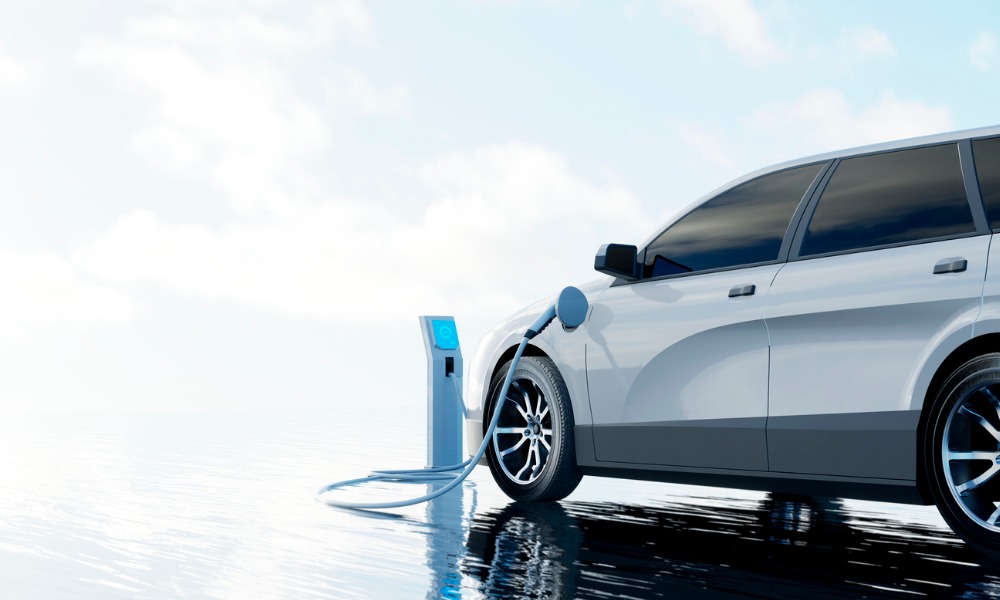New white paper examines key factors for electric vehicles to reach critical penetration rate

Nearly five years after the landmark Paris Climate Conference, investors and consumers are getting to grips with the sheer ambition of its target of limiting the rise of global warming to at most 2 degrees Celsius above pre-industrial levels by 2050. Achieving that goal means identifying “hot spot” sectors where efforts at environmental impact should be most concentrated – which could mean green opportunities for leaders in the electric vehicles space.
In a new white paper, AGF Investments underscored the transportation sector as a primary contributor to greenhouse gas emissions, as it reportedly accounted for roughly 23% of all anthropogenic emissions in 2019.
A large part of that boils down to the adoption of electric vehicle technology, with only a reported 2.1 million of 83 million new passenger vehicles sold in 2019 being pure and/or plug-in hybrid electric vehicles (xEV). That represented a penetration rate of just 2.5%, a far cry from the minimum 30% that’s needed to help hit the 2050 climate target, based on projections from 2019 vehicle sales.
To raise EV penetration rates sufficiently, the report said there has to be a focus on three factors: cost, convenience, and continued government support.
The cost of battery packs, the largest component, has plunged 90% over the last decade from US$1,200 per kilowatt hour to just US$120/kwh in 2020. Experts estimate that cost parity with the international combustion engine (ICE) will come within the next three to five years as developments such as continued scale advantages, greater use of nanotechnology for anode materials, and improved battery management systems pare costs further to US$100/kwh.
With respect to convenience, the paper underscored the importance of infrastructure investments in charging stations. From a technological perspective, it highlighted the widely accepted significance of silicon carbide materials in shortening charging times – the gold standard being an 80% charge in 20 minutes – as well as the migration to 800 volts architecture.
“[I]it typically takes 40 minutes to charge for 400 kilometers of EV driving,” the paper said, citing the 400 volts and maximum charging powers of 100 kilowatts that charging stations typically have to work with. “[H]owever the shift to 800 volts promises to reduce that by about 15 minutes.”
Government support, meanwhile, has come in the form of environmentally friendly policies that promote adoption of xEVs. At the moment, the diversity of such policies span from limits on the number of ICE powertrain vehicles OEMs can sell to future bans in the U.K., California, and Quebec, among other jurisdictions.
“In addition, some governments have instituted significant financial penalties on auto OEMs for fleets that exceed CO2 targets,” the paper said. Government offers of purchase incentives, direct subsidies, or tax rebates for consumers who choose to buy electric vehicles – which collectively range from US$4,500 to US$7,500 – are also expected to continue.



